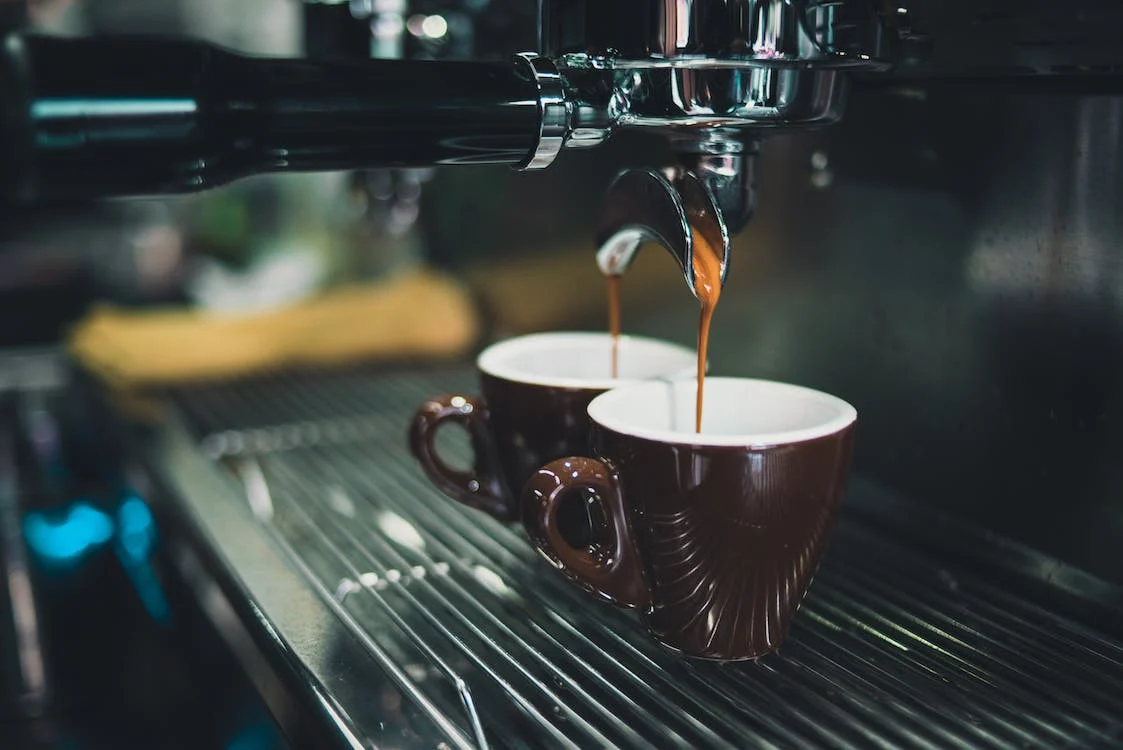Introduction
Have you ever heard someone request espresso beans over coffee beans for drip or say that espresso is stronger and has more caffeine than regular coffee beans? If you did, then it may have probably made you wonder if espresso beans and coffee beans are two different things. Well, are they? The simple answer is no. Espresso beans are still coffee beans, and they can be made from any type of coffee bean. However, the distinction between the two mostly has something to do with the coffee bean varieties preferred for making both beverages, and how they’re roasted, ground, and brewed.
Knowing how espresso and regular coffee can be different can help us make informed choices, enhance our coffee experience, and savor the unique flavors and characteristics that coffee can offer. Let’s see some of the key factors that can set espresso and coffee beans apart from each other and make them unique:
Roasting Profile
The roasting profile is one of the most obvious characteristics that obvious factors that differentiate espresso from regular coffee. Coffee beans that are chosen for an espresso shot are usually given a significantly darker roast. For those who wish to savor a more intense and concentrated flavor of coffee, the coffee beans are roasted for a longer time, usually just after the second crack. This process removes much of the acidity while releasing more oils, which creates a heavier and fuller body for the coffee that makes the taste linger for a longer time. Because of this, dark roast coffee can also be referred to as espresso roast.
So can any kind of coffee bean be used for making an espresso? Technically, yes. It is a matter of preference, but here are two coffee bean varieties that are usually used in espresso:
- Arabica Beans – Mainly grown and produced in Brazil (the largest producer of Arabica coffee in the world), Ethiopia, India, and Guatemala, Arabica beans are known for their sweet and soft taste with hints of fruits, chocolate, florals, and nuts. Compared to Robusta beans, it has lower caffeine content as well as less production of crema which is the thick layer of foam on top of the coffee. It is the most popular variety and is more expensive because of its cultivation requirements. [1]
- Robusta Beans – Meanwhile, Robusta beans are commonly grown in Africa, Vietnam, and Indonesia. Compared to Arabica beans, it has lesser acidity, which also makes it less sweeter. It has a more bitter taste with woody and nutty flavor tones. Opposite to Arabica beans, it can produce more crema which also makes it a popular choice. [1]
Brewing Method
The brewing method of espresso, another factor that proves that it is a blend more than another type of bean can be explained in the term “espresso” itself. It comes from the Italian word “esprimere”, meaning to “press out”. [2] Espresso is a concentrated coffee created by applying pressure to hot water as it passes through finely-ground coffee beans. Meanwhile, coffee is used to describe a variety of brewing methods that use coarser grinds and varying water-to-coffee ratios. Basically, beans used for regular coffee can often use methods like drip coffee or cold brew coffee while beans used for espresso need to use a high-pressure brewing method.
Because of this, an espresso may have to use specific equipment like an espresso machine or an aeropress while the regular cup of coffee can use a French press, drip, percolator, and other methods.
Grind Size
To accommodate with the differences in brewing methods, the grind sizes for the coffee beans used in espresso and regular coffee are done accordingly. The grind size tells us how coarse or how fine the coffee grounds are, as well as how fast water can extract coffee from it. Espresso beans are ground to a fine consistency, similar to table salt, to speed up the espresso machine’s quick extraction process.
On the other hand, regular brewed coffee is intended to have a milder and more balanced flavor profile, so a longer extraction time is needed. Because of this, regular coffee will need a coarser grind as it will have less surface area for the water to travel over and extract coffee.
Taste and Caffeine Content
But of course, with their differences in terms of concentrations, brewing methods, and grind sizes, espresso, and regular coffee are guaranteed to share different flavor profiles as well as caffeine content. Here is how they both taste and smell differently based on their concentration and main flavors.
- Regular Brewed Coffee – With a milder concentration compared to espresso, it equally has a milder, sweeter, and smoother taste. While it is generally described to have a variety of well-balanced flavors, it can depend on the coffee beans used. You may encounter hints of caramel, nuts, fruits, and a subtle acidity.
- Espresso – Since espresso is highly concentrated, it has a bold and intense flavor that feels heavier in the mouth. This is primarily because of the roasting process that extracts more oil from the beans which contributes to the full-bodied finish or heavier feeling. Compared to the regular brew, espresso also has a less acidic taste.
In terms of caffeine content, it’s a common myth to associate espresso with more caffeine than regular brewed coffee just because of its stronger or bolder taste. However, it’s actually the opposite. If we review the comparisons between the roasting process of regular brewed coffee and espresso, the average drip coffee has more caffeine than espresso. This is because beans used for espresso are roasted longer which significantly reduces caffeine content during the process.
Conclusion
To wrap things up, both espresso beans and coffee beans are the same and are not different kinds of beans. Instead, we can refer to them as espresso blend and regular blend because they are only different in terms of their roasting profile, brewing method, grind size, taste, and caffeine content. Hope this helps!
References
[1] Solomiia.Beshlei. (n.d.). Where do coffee beans come from? Nescafé. https://www.nescafe.com/mena/en-ae/understanding-coffee/coffee-beans-guide
[2] Chimps, T. (2023). Where does the word espresso come from? Two Chimps Coffee. https://twochimpscoffee.com/blogs/where-does-the-word-espresso-come-from/
[3] Haines, B. (2023, September 11). Espresso Beans vs Coffee Beans (4 Differences) Find the Right Beans | EnjoyJava. EnjoyJava. https://enjoyjava.com/espresso-beans-vs-coffee-beans/
[4] Batool, N. (2022, December 13). Espresso beans VS coffee beans: What’s the difference? Parachute Coffee. https://parachutecoffee.com/blogs/coffee-general/espresso-beans-vs-coffee-beans
[5] Collaborator, S. C. (2020). What’s The Difference Between Espresso Beans And Coffee Beans? Eldorado Coffee Roasters. https://eldoradocoffee.com/blogs/news/difference-espresso-coffee





